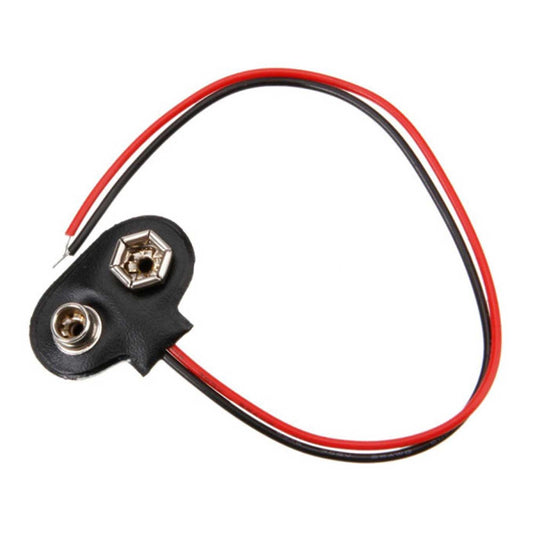Battery Holders Philippines: AA, AAA, 18650, 9V & Coin Cell | Circuitrocks
Battery Holders at Circuitrocks — Portable Power for Arduino, ESP32 & Raspberry Pi
Build portable, reliable projects with our curated battery holders—from AA/AAA trays and 18650 Li-ion cradles to 9V clips and coin-cell holders. Perfect for robots, wearables, classroom kits, and DIY builds where USB power isn’t always available.
AA • AAA • 18650 • 9V • Coin Cell • With Switch • With Leads
Why shop battery holders here
-
Maker-focused range: Single-cell to multi-cell packs, flat trays, and holders with built-in switches.
-
Easy wiring: Color-coded leads (red + / black −) ready for soldering, screw terminals, or breadboards.
-
PH support: Local stock, quick answers, and replacements from Circuitrocks when something breaks mid-project.
Popular builds
- 2WD/4WD line-following & obstacle-avoidance robots
- ESP32 sensor nodes running on 18650 Li-ion packs
- DIY flashlights, lanterns, and costume/prop lighting
- Portable test rigs for sensors, relays, and small actuators
Featured battery holder categories
Tip: For Li-ion/18650 projects, use a proper protection/BMS board and a regulated 3.3V or 5V output before powering your microcontroller and sensors.
Battery holder chooser (quick guide)
| Need |
Good first choice |
Notes |
| Small portable Arduino/UNO project |
4xAA holder + 5V regulator |
Simple and widely available; good for breadboard demos and student kits. |
| Low-power sensor/logger node |
2xAA or 3xAA holder + efficient buck/boost |
Great for slowly-sampling temperature, soil moisture, or environment nodes. |
| Wi-Fi/LoRa ESP32 field node |
1x or 2x 18650 holder |
Pair with a Li-ion charger/protection and a 3.3V regulator for safe, longer runtimes. |
| Robots with DC motors |
4xAA, 6xAA, or 2x18650 holder |
Use a dedicated pack for motors, share common ground with logic to reduce noise/brownouts. |
| Wearable/prop lighting |
2xAAA or coin-cell holder |
Lightweight option for a few LEDs or a tiny microcontroller, watch overall current draw. |
| RTC backup / ultra-low power |
Single coin-cell holder (CR2032) |
Ideal for clocks and backup memory where current draw is in the µA range. |
Values and picks are common starting points; always confirm your board’s input voltage/current requirements and regulator specs.
Starter bundles
-
Robot Power Pack: 4xAA holder + motor driver + DC motors + jumper wires
-
ESP32 Field Node: 1x18650 holder + ESP32 dev board + charger/regulator + sensor
-
LED Project Kit: 3xAA holder with switch + LEDs and resistors + mini breadboard
-
Wearable / Prop Pack: Coin-cell holder + small LEDs/NeoPixels + thin wire + heat shrink
FAQ
Can I power Arduino/ESP32 directly from a battery holder?
Yes—just make sure the total battery voltage matches what your board or regulator expects. Many Arduino boards accept 7–12V on VIN, while ESP32 boards usually want a regulated 5V or 3.3V input.
Which battery holder is best for small robots?
For typical 2WD/4WD educational robots, a 4xAA or 6xAA holder or a 2x18650 pack is a solid starting point. Give motors their own pack when possible, then share GND with the logic supply.
Do 18650 holders need extra protection circuits?
Yes, Li-ion cells should be used with a BMS/protection board and a proper charger to avoid overcharge, over-discharge, and short circuits. Treat 18650 packs with the same respect as a small power tool battery.
Can I mount these holders inside 3D-printed enclosures?
Most holders have flat backs and/or mounting holes, making them easy to screw into or glue inside 3D-printed cases. Check each product page for dimensions when designing your enclosure.
Do you ship nationwide?
Yes—Circuitrocks ships battery holders and related parts anywhere in the Philippines, with fast processing for in-stock items.
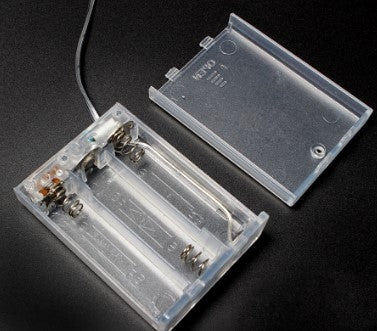
 Sold out
Sold out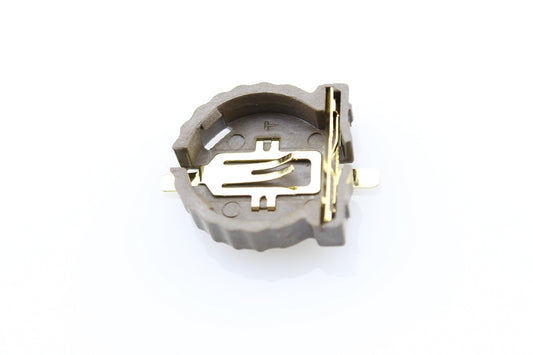
 Sold out
Sold out Sold out
Sold out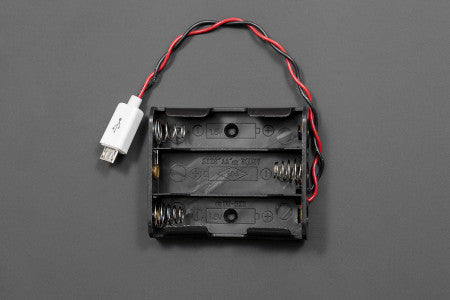
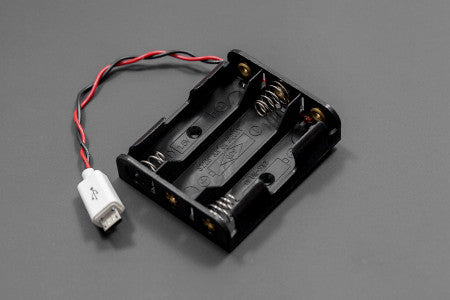 Sold out
Sold out
